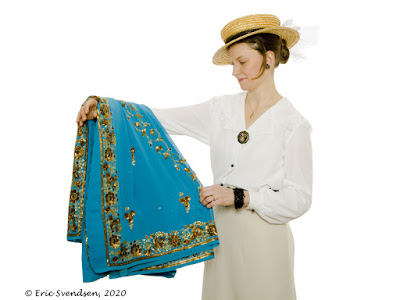Illuminating subjects with broad light sources.
 |
| Photograph I took for a book cover. |
I use several different methods of lighting my subject. In the field, portability is a priority and so my equipment is limited to either camera built-in flash or an independent external flash unit. I use these for indoor work as well, but if I really want to illuminate something well I bring out the big flashguns.
Strobes come in two basic configurations. There is the strobe capable of providing continuous lighting. These are called hot lights. Strobes capable of emitting instantaneous bursts of lights are built into a device called a flash head. They usually have both types of lighting available to allow for filming and shadow detection. The wonderful thing about strobes is that they are usually used with a softbox or umbrella system to provide a broad light source.
Consider the image above. I photographed it using a strobe built into a flash head equipped with a large softbox. The softbox is designed to soften light, that is to prevent the formation of harsh shadows. The broader the light source, the softer the shadows. Studio lighting typically uses enormous broad lighting panels lit up by industrial-strength lighting sources. These are not flashes; rather they bathe the scene in a continuous stream of bright light.
Broad light sources produce a much better image because shadows are driven from the subject. If you look carefully at the above photo you will notice little shadow. You can produce your own soft light source by putting a sheet of Kleenex over a flash head. Keep in mind though that it will significantly reduce flash output; you may have to reduce distance or increase ISO, or both.
You can do this with any camera equipped with a built-in flash. Take two photos, one normally and one with a tissue atop the flash. Use only a single layer of the make-shift softbox and make sure it doesn't cover the camera lens. If the second photo comes out dark you will have to alter position or settings. Once you have good before and after images compare them. I think you will be amazed.
Thanks for reading. www.ericspix.com Eric Svendsen



Comments
Post a Comment